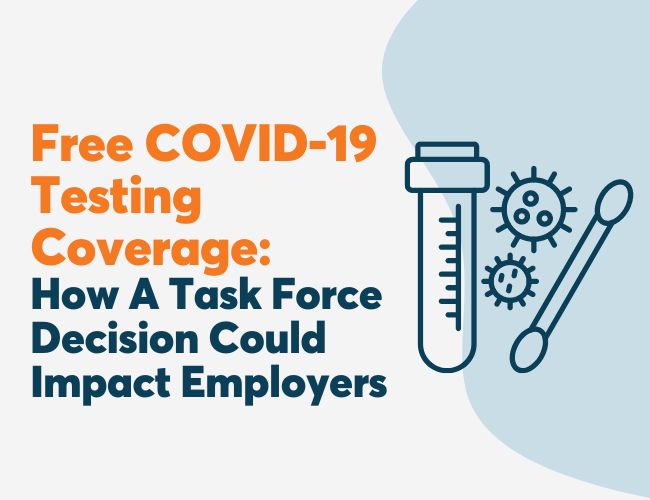Over the last several months, many companies have reevaluated and revamped their employee benefits due to the COVID-19 pandemic. Workers now find themselves with access to increased time off, flexible work options, support for caregivers, and virtual resources. While employers should commend themselves for taking proactive steps to support employee wellness and productivity, they should not overlook how their workers feel about using (or not using) these new and improved benefits.
According to Catalyst, an organization that promotes workplace inclusivity, 42% of workers do not feel comfortable taking advantage of their expanded benefits. In August, the nonprofit polled 1,000 working parents in the US. Results also showed that 39% fear they could be let go if they took advantage of any new offerings, like increased time off and flexible work options.
It may be that most people are simply too worried about the uncertain economic environment and other added stresses from the pandemic. Across the country, businesses continue to struggle financially forcing them to lay off workers, limit operations, or close permanently. Even people in seemingly-stable industries or job roles might be concerned over what the future holds. Some places continue to loosen pandemic-related restrictions, but there is speculation that a new surge of cases will spur another wave of business closures and restrictions. Naturally, employees want to be perceived as a valuable asset in order to avoid being terminated, and it’s hard to feel productive when taking an extended period of time off.
Some employees may observe that many of their coworkers do not need to take advantage of added benefits. This can be particularly true for working parents or caregiver-employers who have the added struggles of managing reduced options for childcare or taking on more schooling responsibilities. While these are precisely the employees that would benefit most from more flexible work options, they may not want to seem less present at work than their childless peers. For women this can be an especially pressing concern; they more likely to be the primary caretakers for their children and less likely to be in senior positions within a company.
Others may just be avoiding the “unfamiliar.” These employees might avoid trying different work options simply because they don’t know if it would make their lives or job tasks more manageable. If they stick to the routine they know, they won’t face surprises.
Engaging Workers With Their Benefits
Communication is key when it comes to engaging employees with benefits. This includes explaining the specifics of unfamiliar benefits and how to take advantage of them, as well as reassuring workers that these new offerings do not come with any strings attached. Employers should explain that taking advantage of remote work, flexible scheduling, or extended leave options are not merely for an employee’s convenience but to also support the long-term productivity of the company. A burned-out employee working full-time and performing poorly is less valuable than a clear-thinking, focused worker, even if they work fewer hours. It’s quality over quantity. Detail the benefits that time off provides to mental and emotional health, and the improved performance and focus they can expect when returning to work. Employees should view time off as an investment into their own work skills, focus, and productivity.
Employers can also establish a flexible policy when it comes to new work options. If a parent chooses to work from home, for example, but later discovers they are not as productive in that environment, they should be able to switch back to in-office work. This will encourage workers to at least give new benefits a chance, without the fear that they will ultimately be unhelpful. Flexibility is crucial, considering how restrictions and policies are continually changing and many school districts have been switching between in-person and virtual schooling. The ideal work environment for one employee may change given the ever-evolving circumstances.
Most of all, employers need to be open to collecting employee feedback on whether or not newly-implemented benefits are useful to them. Especially with the decreased amount of in-person interaction, employee needs can easily go under the radar. Make sure employees have the ability to discuss what is and is not working for them personally, as well as what they need support with most during this time.












